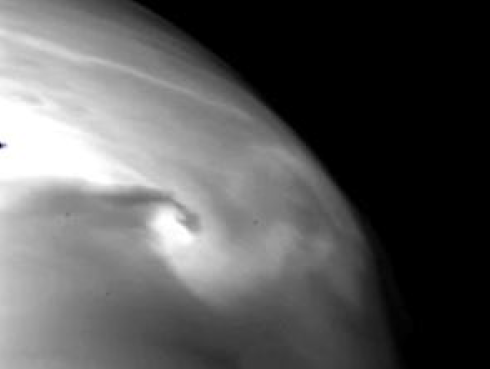Recent observations on Venus revealed that the shape of the planet from Earth's perspective has been changing in the last couple of days. According to astronomers, the change is caused by an upcoming cosmic event known as the inferior conjunction.
Venus is regarded as the third brightest object in the sky after the Sun and the Moon. It is also referred to as an evening star due to its prominent brightness after sunset.

Venus' Changing Shape
In the next couple of days, astronomers noted that the shape of Venus, when viewed from Earth, would dramatically change as it moves in front of the Sun. The planet might even reach a point that it completely disappears in the sky. Based on the observations by astronomers, Venus is becoming more slender. Specifically, its crescent shape became longer and thinner within the last couple of days.
"Even seven days has made a huge difference," astronomer Radu Anghel from Bacau, Romania, said according to SpaceWeather.com. "Venus' changing shape is easy to spot even with a pair of binoculars."
Venus' Inferior Conjunction
As explained by the website, the change in Venus' shape is being triggered by its movement. As it moves closer to the Sun, it turns its dark side towards Earth. Because of this, only a narrow sliver of the planet's dayside becomes visible from Earth. This causes Venus to look like a small version of a crescent Moon.
Venus' movement is part of a cosmic event known as inferior conjunction, which is expected to fully take place on June 3. During this time, the planet will directly pass between the Sun and the Earth. Astronomers believe that once this occurs, Venus' silhouette will become so narrow that the tips of its crescent shape might touch.
Here's the May 4-16 Venus sequence animated... pic.twitter.com/o5E3z0MQ3E
— Pete Lawrence (@Avertedvision) May 17, 2020
Catching the Upcoming Cosmic Event
Before it passes in between the Earth and the Sun, Venus will first have its own conjunction with Mars starting on May 21, which will extend until May 22. Those looking to catch Venus' conjunctions may do so by looking towards the western portion of the sky after sunset. It would be best to view the planet using a telescope or a pair of binoculars.









